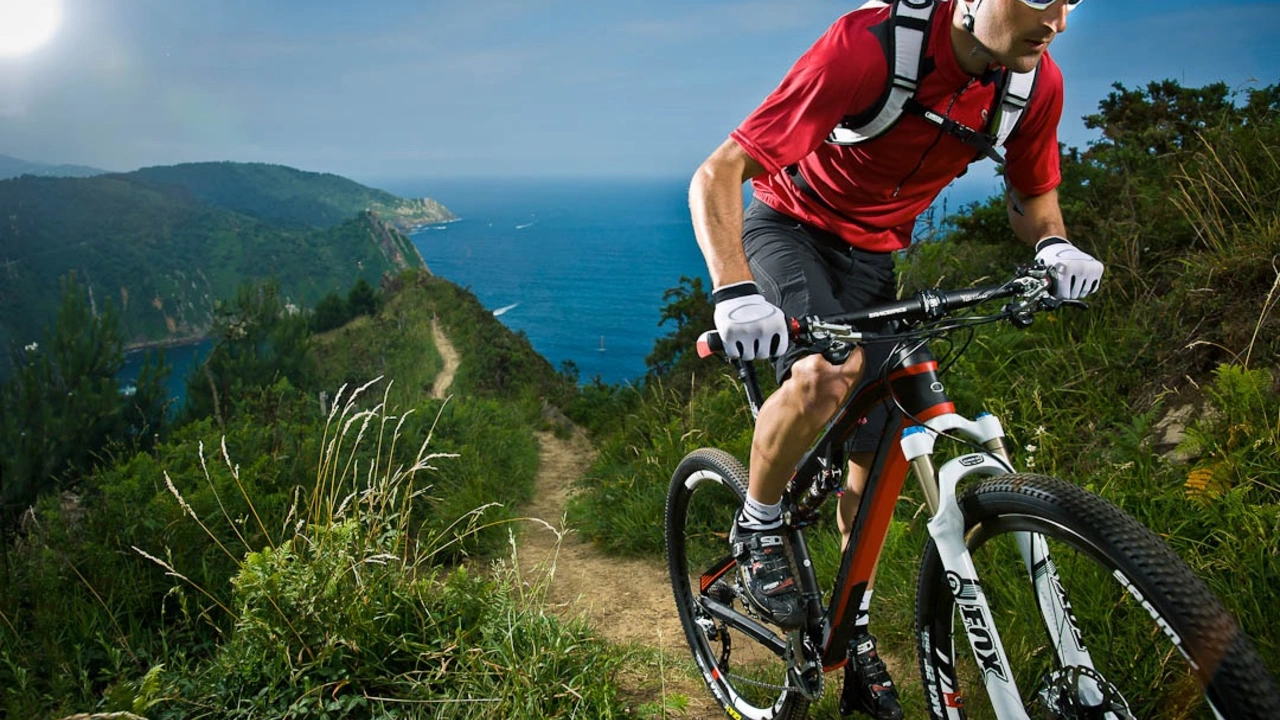Best Mountain Bike: How to Choose the Right One for You
Thinking about buying a mountain bike but not sure where to start? You’re not alone. The market is packed with options, from hard‑tail frames to full‑suspension giants. Below, we’ll walk through the most important factors so you can pick a bike that matches your style, budget, and the trails around Tamworth.
Know Your Terrain
First thing – ask yourself where you’ll ride most. Rough, rocky single‑track calls for a bike with full suspension and wide tires. Smooth forest fire‑roads are fine with a hard‑tail and slimmer wheels. If you mix both, a hard‑tail with a front fork that offers 100‑120 mm travel gives a good balance of comfort and control.
Frame Size and Fit Matter
A bike that looks cool won’t help if it’s the wrong size. Stand next to the bike; when you’re seated, your knee should have a slight bend at the bottom of the pedal stroke. Most brands list size charts based on rider height – use them, but also test the bike if you can. A proper fit reduces fatigue and makes the ride more enjoyable.
Don’t forget about the saddle and handlebar reach. Adjust the saddle height so you can touch the ground with the tip of your toes, and set the handlebars where you can maintain a relaxed grip without hunching over.
Next, look at the suspension specifications. For beginners, a front fork with 100 mm of travel is forgiving and affordable. More experienced riders often go for 130‑150 mm travel and a rear shock that can handle bigger drops. Keep in mind that more travel adds weight and cost.
Wheel size is another decision point. 27.5" wheels (also called 650b) offer a sweet spot between agility and rolling speed, while 29" wheels roll over obstacles easier and maintain momentum on long climbs. If you ride both technical and fast sections, many riders choose a 29" front wheel with a 27.5" rear for a balanced feel.
Components such as brakes, drivetrain, and tires also affect performance. Hydraulic disc brakes provide reliable stopping power in wet mud – a must‑have for most trail riders. For the drivetrain, a 1×12 setup gives a wide gear range without a front derailleur, simplifying maintenance. Choose tires with a tread pattern that matches your typical terrain; wider knobs for mud, tighter patterns for hardpack.
Now, let’s talk budget. Entry‑level mountain bikes start around £600 and can go up to £3,000 for high‑end models. Set a realistic ceiling and prioritize what matters most to you – a better suspension, lighter frame, or premium components. Remember, you can always upgrade parts later.
If you’re in Tamworth, check local bike shops for demo days. Riding a bike before buying gives you a feel for how it handles the real trails around the town, like the Squelch Hill descent or the Hill Top Loop.
Finally, consider the after‑sales support. A shop that offers a solid warranty and easy tune‑up service will keep your bike in top shape for years. Ask about free first‑service deals – they’re a nice perk for new owners.
Choosing the best mountain bike isn’t about chasing the flashiest model; it’s about matching the bike to your rides, body, and budget. Use the checklist above, take a test ride, and you’ll be on the trail in no time.

What's the best mountain bike for the money?
Daxton Fairweather Aug 3 0Well folks, in this wild world of mountain biking, the "best" bike can feel like finding a needle in a haystack, only the haystack is also on wheels and screaming down a mountainside. But don't sweat it, I've got your back! After some serious pedaling and panting, I've concluded that the Trek Marlin 7 stands tall as the money-wise mountain maestro. It's a bike that says, "I'm a rugged, trail-blazing superhero, but I also appreciate a good bargain." So grab your helmet, put on your game face, and prepare to conquer those trails without demolishing your bank account!
More Detail